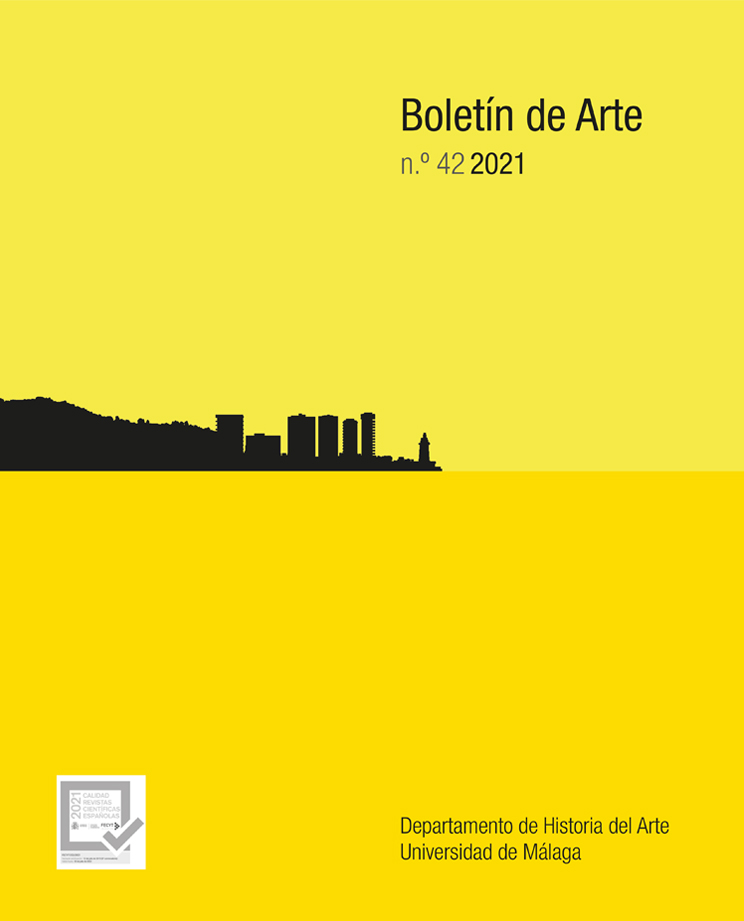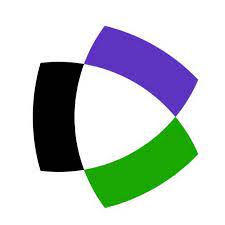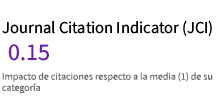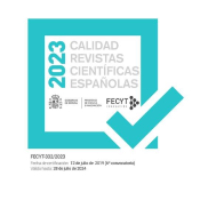Critical Considerations of the Initial Delirious Phenomenon in the Critical Paranoid Method of Salvador Dalí and the CCTV Building of Rem Koolhaas
DOI:
https://doi.org/10.24310/BoLArte.2021.vi42.7978Keywords:
Delirious, Surrealism, Dalí, Koolhaas, Millet, SkyscraperAbstract
The objective of this article is to demonstrate the validity of Salvador Dalí’s Critical Paranoid Method in its application to the interpretation and analysis of art and architecture, which the artist defined in his work Le mythe tragique de «L’Angélus» de Millet. For this, it will be applied to the interpretation of the architecture of Rem Koolhaas, and in particular to his Chinese television building, the CCTV in Beijing. It works in harmony with the imaginary plane and the most analytical plane following different paths.
The initial delusional phenomenon is the moment in which the obsessive image appears for the first time, on which the critical paranoid method is applied. Here the initial delusional phenomenon is the event of the TVCC fire in Beijing in 2009. Since it becomes apparent, the real image is instantly anchored to the delusional phenomenon.
Downloads
Metrics
References
BARBA, Juan José (2014), Invenciones. Nueva York vs Rem Koolhaas, Bernard Tschumi, Piranesi, Universidad de Alcalá, Alcalá de Henares.
BATAILLE, Georges (2009) [1957], El erotismo, Tusquets, Barcelona.
DALÍ, Salvador (1942), The Secret Life of Salvador Dalí, Dial Press, Nueva York.
DALÍ, Salvador (1978) [1963], El mito trágico de «El ángelus» de Millet, Tusquets. Barcelona. Primera edición Le mythe tragique de «L’Angélus» de Millet, por Société Nouvelle des Éditions Jean-Jacques Pauvert.
DALÍ, Salvador (1952), Rostros ocultos, Luis de Caalt Editor, Barcelona.
EISENMAN, Peter y KOOLHAAS, Rem (2007), Architecture Words I. Supercritical. Peter Eisenman & Rem Koolhaas, Architectural Association, Londres.
FERNÁNDEZ MALLO, Agustín (2013) «Las alucinaciones negativas», publicado el 26/4/2013 en elcultural.es.
GARGIANI, Roberto (2008), Rem Koolhaas / OMA. The Construction of Merveilles, EPFL Press, Lausana.
GRANDVILLE, J.J (1884), Un autre monde: transformations, visions, incarnations ... et autres choses, H. Fournier, París.
KOOLHAAS, Rem (1978), Delirious New York: A retroactive Manifesto for Manhattan, Academy Editions, Londres.
LACAN, Jacques: (1966), «Le stade du miroir comme formeteur de la fonction du je,telle qu’elle nous est révélée dans l’expérience psychanalytique», en Écrits, Seuil, París.
SLOTERDIJK, Peter (2003), Esferas I, Siruela, Madrid.
(1978), «Surrealism. Double Issue», Architectural Design, vol. 48, n.º 2-3, pp. 152-164.
THOM, René (1977), Stabilité structurelle et morphogénèse, Interédition, París.
ULRICH OBRIST, Hans (2006), The conversations series. Rem Koolhaas, Verlag der Buchhandlung Walther König, Colonia.
Un perro andaluz. Francia 1929. 22 minutos. Dirigida por Luis Buñuel. Guion de Luis Buñuel y Salvador Dalí.
VRIESENDORP, Madelon (2008), The world of Madelon Vriesendorp, AA Publications, Londres.
VRIESENDORP, Madelon y DAMISCH, Teri-Wehn (2008), Flagrant Delit: Dream of Liberty, Aedes Gallery, Berlín.
ŽIŽEK, Slavoj (2014), Acontecimiento, Ensayo Sexto Piso, Madrid.
Downloads
Published
How to Cite
Issue
Section
License
Todos los contenidos publicados en la revista Boletín de Arte están sujetos a la licencia Creative Commons Reconocimento-NoComercia-Compartirigual 4.0 cuyo texto completo puede consultar en <http://creativecommons.org/licenses/by-nc-sa/4.0>

Los/as autores/as cuyas contribuciones sean aceptadas para su publicación en esta revista conservarán el derecho no exclusivo de utilizar sus contribuciones con fines académicos, de investigación y educativos, incluyendo el auto-archivo o depósito en repositorios de acceso abierto de cualquier tipo.
La edición electrónica de esta revista esta editada por la Editorial de la Universidad de Málaga (UmaEditorial), siendo necesario citar la procedencia en cualquier reproducción parcial o total.











4.png)
